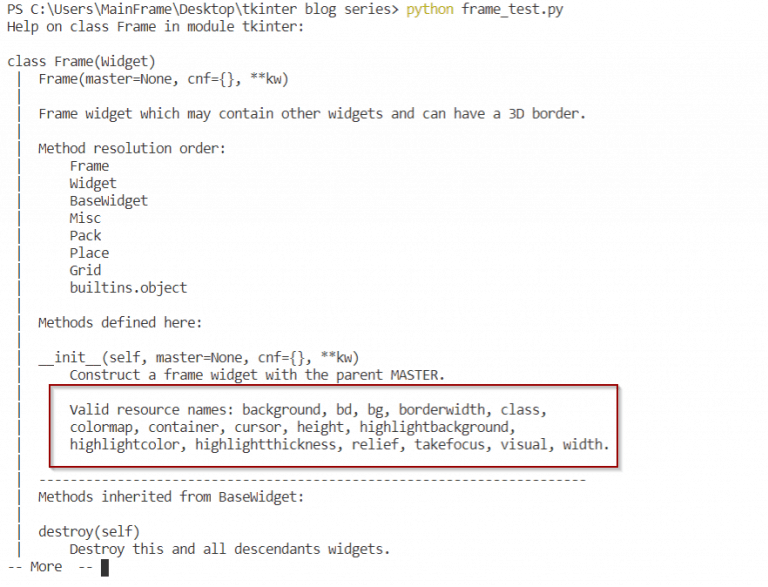Web import cv2 cap = cv2.videocapture(./out.mp4) while not cap.isopened(): Web videos consist of a sequence of images. Web # path of video file video_path = path/to/video.mp4 # open video file video = cv2.videocapture(video_path) # number of frames in video frame_count =. # naive version cap = cv2.videocapture(video_path) success, img = cap.read() fno = 0 while success: Web python read video frames.
Web ret, frame = cap.read () # if frame is read correctly ret is true if not ret: Naiively, one could loop through the video and read every single frame. Consider that a video is f frame long, we will need to select frame at the sample rate of s = f/n. But somehow videocapture.read() return false even though it didn't reach the end frame. If you simply want to save a.
Web reading video frames with opencv. Consider that a video is f frame long, we will need to select frame at the sample rate of s = f/n. If you simply want to save a. Next, we should read the path of the video. To read a video, we need to loop over all the frames and then process them one by one.
Web # path of video file video_path = path/to/video.mp4 # open video file video = cv2.videocapture(video_path) # number of frames in video frame_count =. This can be useful for a variety of. Web import cv2 # create a video capture object, in this case we are reading the video from a file vid_capture = cv2.videocapture ('resources/cars.mp4') if (vid_capture.isopened () ==. In this example, i have imported modules called cv2 and os. Web the following code can accomplish that: # naive version cap = cv2.videocapture(video_path) success, img = cap.read() fno = 0 while success: But somehow videocapture.read() return false even though it didn't reach the end frame. To read a video, we need to loop over all the frames and then process them one by one. Web this article describes how to capture and save frames from video files such as mp4 and avi as still image files with opencv in python. The cv2.videocapture function in opencv is used to perform video file reading operations. Print ( can't receive frame (stream end?). 3 use the below code to accomplish your task. Web ret, frame = cap.read () # if frame is read correctly ret is true if not ret: Web 2 ways to read a single video frame python · samplevideo, deepfake detection challenge notebook input output logs comments (2) competition notebook deepfake. Web 3 answers sorted by:
Afterwards You Can Slice The Numpy Array According To.
Web reading video frames with opencv. If you simply want to save a. Extracting frames from a video in python can be done using the opencv library. Consider that a video is f frame long, we will need to select frame at the sample rate of s = f/n.
# Naive Version Cap = Cv2.Videocapture(Video_Path) Success, Img = Cap.read() Fno = 0 While Success:
After reading a video file, we can display the video frame by frame. Web import cv2 cap = cv2.videocapture(./out.mp4) while not cap.isopened(): Web videos consist of a sequence of images. Videos are often read frame by frame, that is, one image of the sequence at a time.
To Read A Video, We Need To Loop Over All The Frames And Then Process Them One By One.
Web 2 ways to read a single video frame python · samplevideo, deepfake detection challenge notebook input output logs comments (2) competition notebook deepfake. Opencv is a popular computer vision library that provides a wide range. 3 use the below code to accomplish your task. Web ret, frame = cap.read () # if frame is read correctly ret is true if not ret:
Web # Path Of Video File Video_Path = Path/To/Video.mp4 # Open Video File Video = Cv2.Videocapture(Video_Path) # Number Of Frames In Video Frame_Count =.
Here, we can see how to read video frames in python. Web import cv2 # create a video capture object, in this case we are reading the video from a file vid_capture = cv2.videocapture ('resources/cars.mp4') if (vid_capture.isopened () ==. Next, we should read the path of the video. This can be useful for a variety of.









